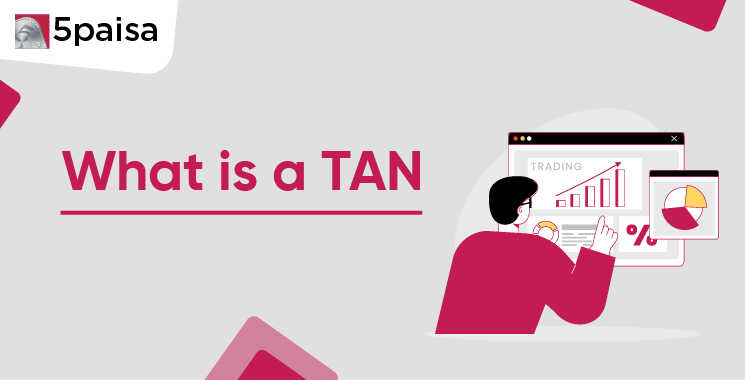Content
- What is a TAN?
- Why is TAN Important?
- Structure of TAN: How is it Formed?
- Who Needs a TAN?
- How to Apply for a TAN in India?
- How to Verify a TAN?
- Penalty for Non-Compliance
- Difference Between TAN and PAN
- Conclusion
In India, tax compliance is an essential part of financial transactions, especially for businesses, employers, and individuals responsible for tax deductions or collection. One important component of tax compliance is the Tax Deduction and Collection Account Number (TAN), a 10-digit alphanumeric code issued by the Income Tax Department.
A TAN is mandatory for entities deducting or collecting tax at source (TDS/TCS). Without a TAN, businesses cannot deposit TDS/TCS, file returns, or issue certificates. This article provides a detailed guide on TAN, its importance, application process, structure, and compliance requirements, helping Indian taxpayers navigate their tax responsibilities efficiently.
More Articles to Explore
- Difference between NSDL and CDSL
- Lowest brokerage charges in India for online trading
- How to find your demat account number using PAN card
- What are bonus shares and how do they work?
- How to transfer shares from one demat account to another?
- What is BO ID?
- Open demat account without a PAN card - a complete guide
- What are DP charges?
- What is DP ID in a demat account
- How to transfer money from demat account to bank account
Disclaimer: Investment in securities market are subject to market risks, read all the related documents carefully before investing. For detailed disclaimer please Click here.
Frequently Asked Questions
No, only businesses deducting TDS or collecting TCS need a TAN.
No, PAN cannot replace TAN for TDS/TCS transactions.
TAN is issued within 7-15 working days after verification.
Yes, a business with multiple branches can obtain separate TANs.
Yes, the processing fee is ₹65 + GST.
Yes, you can track the status of your TAN application online through the NSDL website. You can refer to the 'Status Track' section of the NSDL-TIN website after three days from the application. You will require the fourteen-digit acknowledgement letter.
You can apply for TAN correction to update your TAN to the new format. You can cross reference your TAN number with the TIN-FCs, who will help you get the updated TAN.
Alternatively, you can check in in the online database. You can input your old TAN, and the system will generate a new one.
TAN rejection can be due to the following reasons.
a. Incorrect or incomplete filling of Form 49B
b. Error is processing the fee payment
c. Existing TAN in the applicant's name
You can reapply for TAN and make sure to rectify any errors that led to the rejection of your previous application. Ensure you complete Form 49B correctly before submission to NSDL. You may visit the nearest TIN facilitation centre for assistance.
Verify your payment processing – if the payment is via cheque, maintain sufficient funds in your bank account. Avoid the mistakes from your previous form and rectify them.


